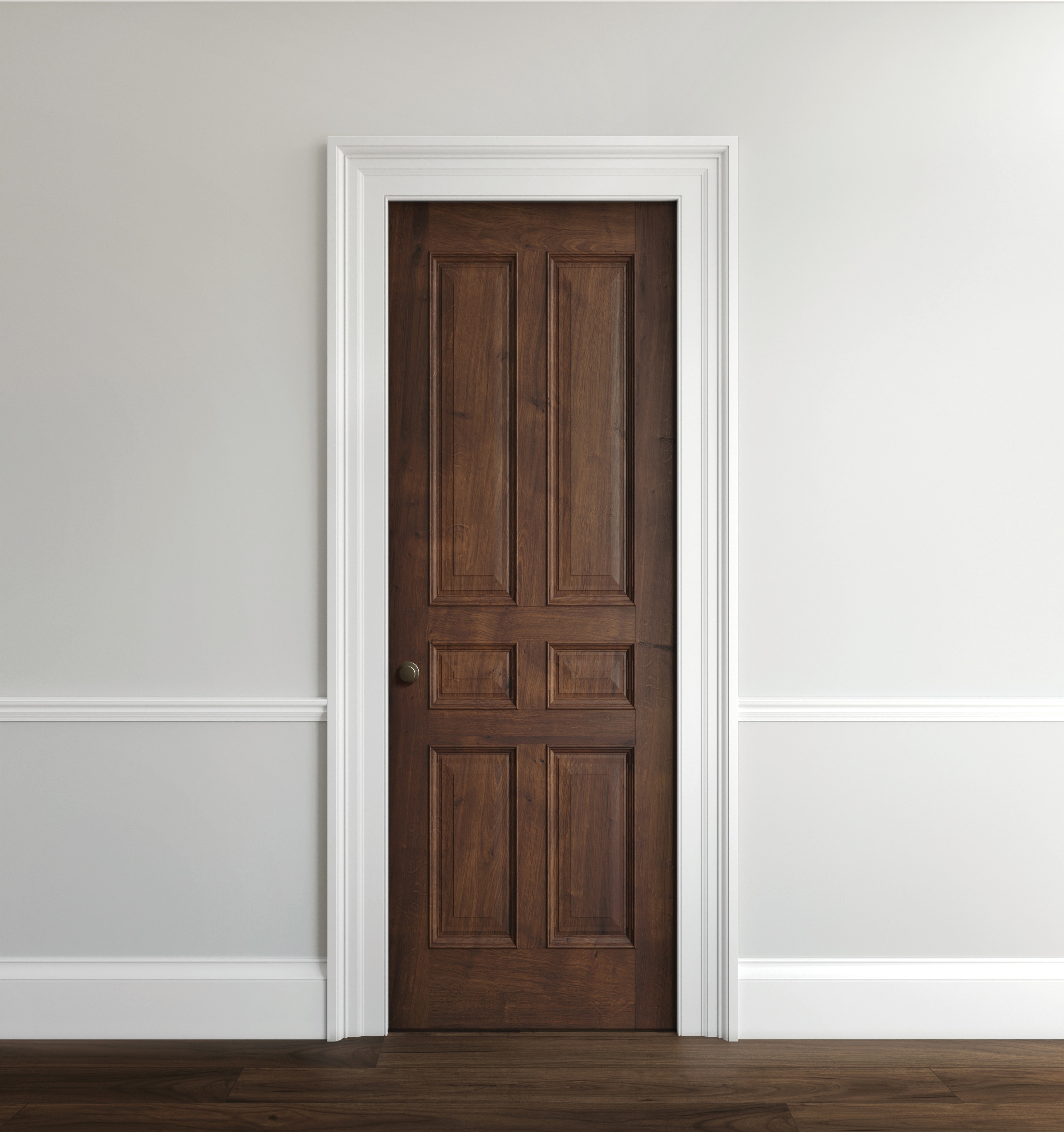Door hinges are a crucial component in ensuring that doors operate smoothly and efficiently. Whether you’re a DIY enthusiast or a professional carpenter, achieving precision in your hinge installation can elevate the quality of your work. This article provides you with essential tips, tricks, and techniques to create the ultimate door hinge templates that will help you achieve consistent and precise results.
Understanding Door Hinges

Before diving into the specifics of hinge templates, it’s important to understand the various types of door hinges and their applications. Common types include:
- Butt Hinges: The most common type, typically used on interior and exterior doors.
- Continuous Hinges: Also known as piano hinges, these run the entire length of the door for enhanced support.
- Concealed Hinges: Often used in cabinet doors, they are hidden from view when the door is closed.
- Spring Hinges: These allow the door to close automatically, commonly found in commercial settings.
Understanding the specific requirements of your project will guide you in selecting the right type of hinge and effectively using templates for installation.
The Importance of Precision in Hinge Installation
Precision in hinge installation is vital for several reasons:
- Functionality: Properly aligned hinges ensure that doors open and close smoothly without dragging or sticking.
- Durability: Accurate installation reduces wear and tear on the hinges, prolonging their lifespan.
- Aesthetics: Well-installed hinges contribute to the overall appearance of the door and frame.
According to a study by the National Association of Home Builders, improper hinge installation can lead to up to a 20% increase in maintenance costs over time due to door misalignment and damage. Therefore, investing time in creating precise templates is a worthwhile endeavor.
Creating the Ultimate Door Hinge Template
Materials Needed
To create a door hinge template, you will need the following materials:
- Plywood or MDF board
- Measuring tape
- Square and level
- Jigsaw or bandsaw
- Drill with bits
- Clamps
- Pencil or marker
Step-by-Step Template Creation
Follow these steps to create an effective door hinge template:
- Measure and Mark: Measure the height and width of the door where the hinge will be placed. Mark the hinge placement on the template board using a square for accuracy.
- Cut the Template: Use a jigsaw or bandsaw to cut out the hinge shape from your board. Ensure the edges are smooth for a precise fit.
- Drill Holes: Mark and drill holes for the hinge screws, ensuring they align perfectly with the hinge placements on the door and frame.
- Test Fit: Place the template against the door and frame to confirm that all measurements are accurate. Adjust if necessary.
By following these steps, you will have a reliable template that guarantees consistent results across multiple installations.
Tips for Precision in Hinge Installation

Once you have your template ready, consider these additional tips to ensure precision in your hinge installation:
Use a Router for Mortising

For a clean and precise mortise cut, using a router is highly effective. Here’s how:
- Set the router depth to match the thickness of the hinge.
- Clamp the template securely to the door.
- Slowly guide the router along the template edges for a smooth mortise.
Utilize a Level and Square

Ensuring that your hinges are level and square is critical. Use a level to check the alignment of the hinges both vertically and horizontally. Adjust as necessary before securing the hinges in place.
Employ Clamps for Stability
Using clamps can help stabilize your door and template, preventing movement during the drilling and installation process. This will enhance accuracy and reduce the risk of errors.
Case Study: A Professional Carpenter’s Approach

Consider the case of John, a professional carpenter with over 15 years of experience. John emphasizes the necessity of templates in his work, especially when installing multiple doors in a new construction project. By utilizing a well-crafted template, he has reduced his installation time by 30% and increased consistency across his projects.
John’s method involves:
- Creating multiple templates for different hinge sizes to accommodate various door types.
- Investing in high-quality tools such as a plunge router for precision mortising.
- Regularly calibrating his measuring tools to maintain accuracy.
This case study illustrates how the use of templates and precision tools can significantly enhance productivity and quality in woodworking projects.
Statistics on Door Hinge Installation

Understanding the impact of proper hinge installation can be illustrated through various statistics:
- According to the Home Improvement Research Institute, 68% of homeowners reported issues related to misaligned doors due to improper hinge installation.
- In a survey conducted by Remodeling Magazine, 40% of contractors stated that they experienced callbacks due to hinge-related issues.
- Proper installation techniques can reduce maintenance costs by up to 25% over the lifespan of the door.
These statistics underscore the importance of investing time and resources into achieving precision in hinge installation.
Creating the ultimate door hinge template and ensuring precision in installation is an essential skill for both DIY enthusiasts and professionals alike. By understanding the various types of hinges, employing the right materials, and following a systematic approach to template creation, you can achieve remarkable results. Additionally, leveraging tips from experienced carpenters and understanding the statistics surrounding hinge installation can enhance your confidence and efficiency.
In summary, precision in door hinge installation not only improves functionality and aesthetics but also leads to long-term cost savings. By prioritizing accurate measurements, using quality tools, and developing effective templates, you can ensure that your doors operate flawlessly for years to come.


